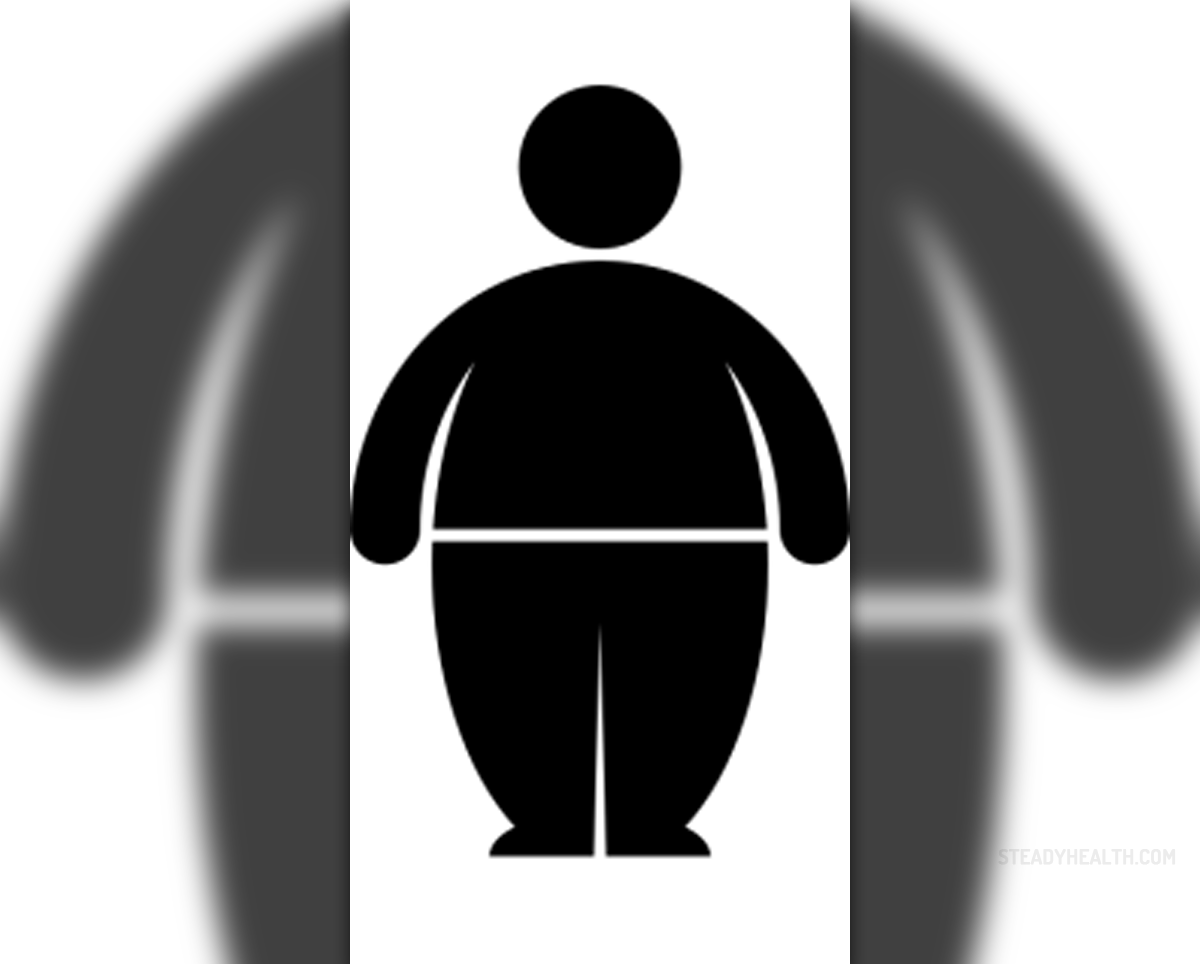
Because "beauty is in the eye of the beholder" the standards of obesity may vary from beholder to beholder.
However, this does not hold true for "medical overweightness". So the obvious question would be: what is the criteria of considering a person medically obese? And the simple answer would be: a person's ideal weight is that which does not make his/her organs malfunction.
So soon as a person starts gaining extra weight, it is easy to visually notice the change in fat accumulation. And this is still not a problem (which extends beyond the person's sense of personal aesthetics) until the fat accumulated is so excessive that it may hinder basic bodily functions.
This is to say that actual HEALTH problems (as opposed to respecting a preferred sense of personal aesthetics) occur when the person becomes obese. If the gaining of weight persists, the magnitude of the problems which a person may be facing may extend to those which are not only harmful but also may be fatal. This state is also known as morbid obesity.
So how can a person tell whether he or she is plainly overweight, obese or morbidly obese?
This is where BMI (which stands for: body mass index) comes into play, as it is the most common amongst the measures of obesity. It is, in actuality, a ratio which relies on the relationship of a person's weight to his/her height. When the two factors are plugged into the equation, the output number ought be somewhere in-between 18.5 and 24.9 – in which cases the person could not be considered severely overweight.
Overweightness occurs between an index of 25.0 and that of 29.0, whilst obesity is a number along the line in-between 30.0 and 39.9. Once a person's index reaches 40.0 he or she is then considered to be morbidly obese.
This is to say that, simply put, obesity is a mere function of the particular human body's weight and height.
However, the actual reality is a wee bit more complex than that. Namely, there are other factors to be taken into account as well, and some of those would include: age, sex, race, ethnicity, waist measurements, waist to hip ratio, percentage of body fat and so forth. Some of these may only be determined by the person's doctor within clinical settings.
This means that a person may get a pretty sharp idea of whether he or she may be overweight by merely calculating the BMI, but pinning down the real deal would require a much richer array of available variables as well as a doctor's assistance.
Lastly, it is noteworthy to say that the causes of obesity may vary from a rich palette of various diseases to plain old overeating.
- www.cdc.gov/obesity/adult/defining.html
- www.nhs.uk/conditions/obesity/
- Photo courtesy of Ana Felix by Wikimedia Commons: commons.wikimedia.org/wiki/File:Q12174_noun_5364_ccAnaFelix_obesity.svg

















Your thoughts on this
Loading...